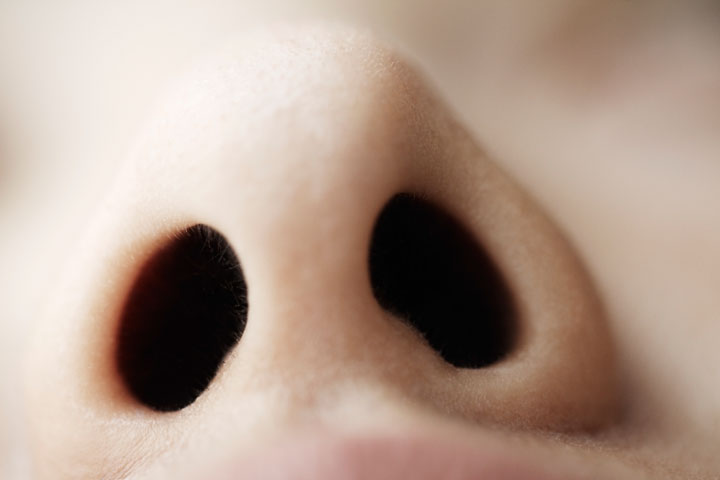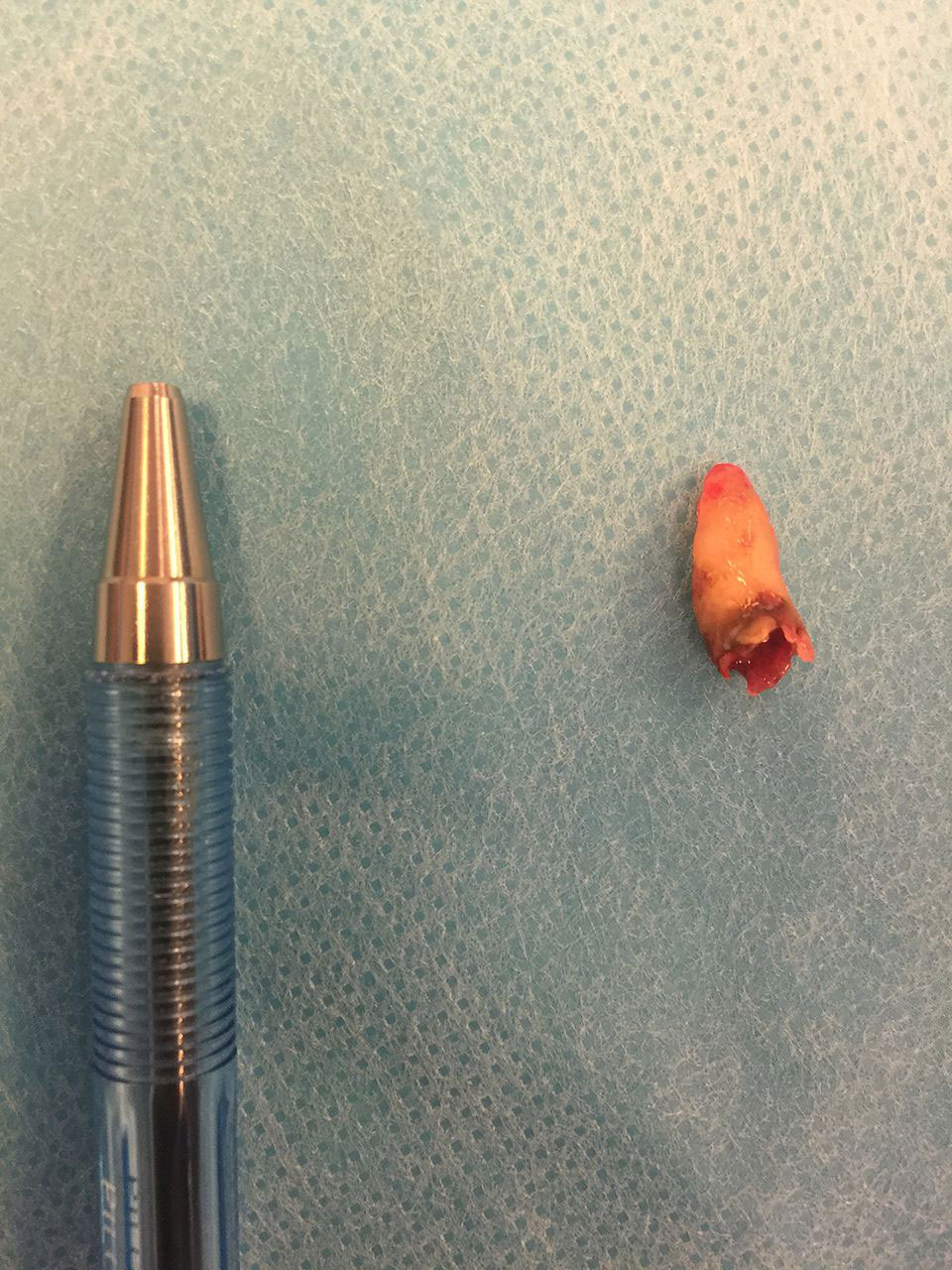A 59-year-old man just couldn’t unblock his nose, and there was a good reason why.

The Danish man had suffered through nasal congestion and discharge for two years and was referred to a specialist, according to a report in the journal BMJ Case Reports.
The symptoms, which were worse on the left side, hadn’t gone away even after he tried topical steroids.
After a CT scan of his nasal cavity showed a mass up his nose, doctors went in.
They ended up pulling out a tooth.
Doctors aren’t sure how it got there. “A retained tooth in the nasal cavity is rare,” they wrote in the case report. They were only able to find 23 recorded cases over about 50 years.
Sometimes this happens because of trauma, infection or conditions like a cleft palate or cleft lip, wrote the authors. Sometimes, instead of growing downward into the mouth, a tooth grows upward into the nasal cavity, they write. People can occasionally grow “supernumerary” teeth — extra teeth beyond the normal number, and an “inverted” tooth can grow upward.
In this case, although the man had suffered facial trauma in his youth, the doctors didn’t think it was related. “In our case, there was no obvious explanation.”
WATCH: Researchers helping to relieve symptoms of sinusitis
The authors believe that the patient likely had the tooth in his nose for “most of his life” but just didn’t develop symptoms until later. Although he also had another nasal abnormality, a small bony growth known as a septal spur, they think that inflammation around the tooth was the most likely cause of his problems.
After his surgery, the patient recovered well, the authors report. At a follow-up appointment a month after the tooth extraction, he had no further symptoms.



Comments